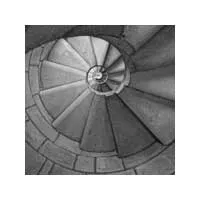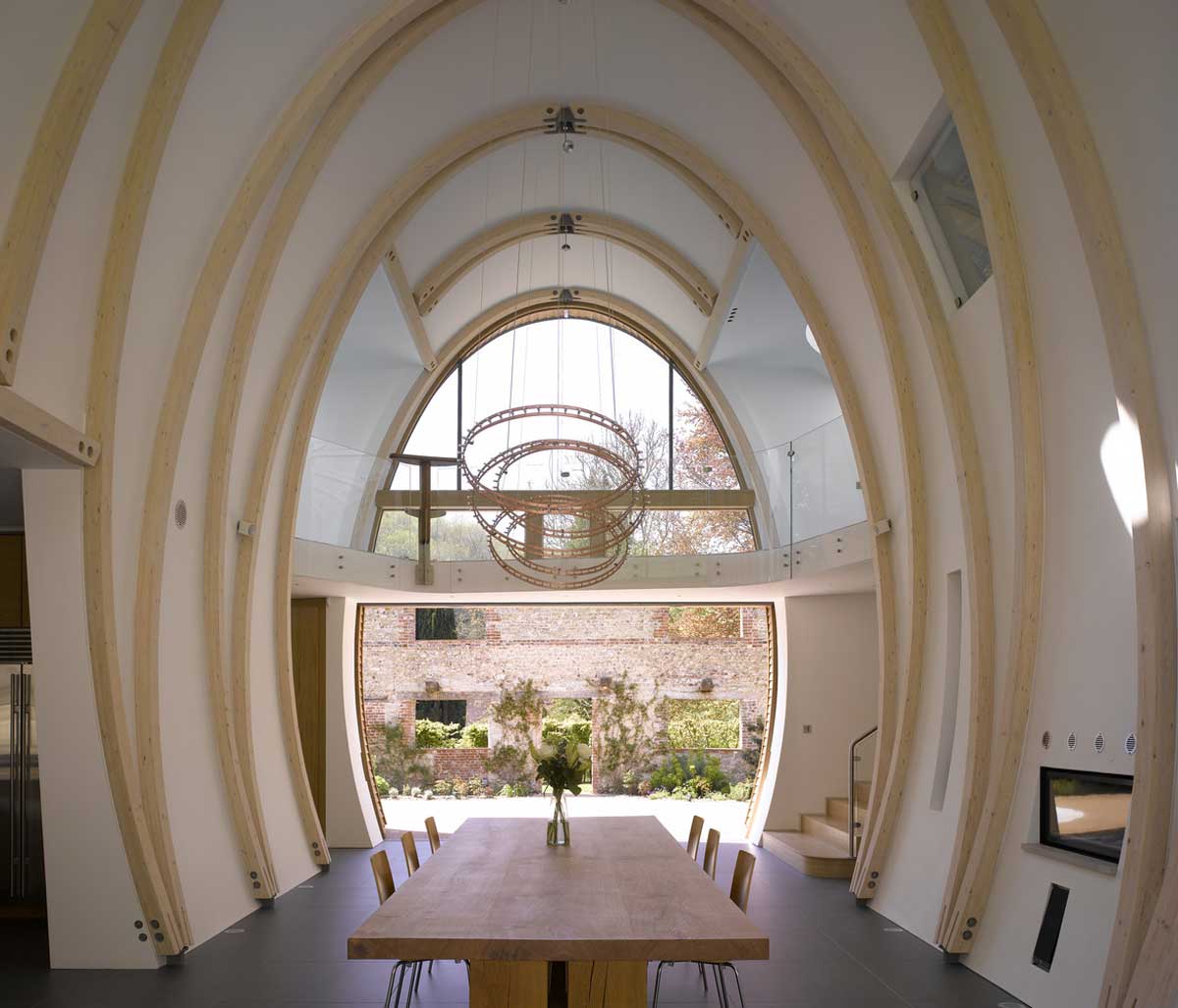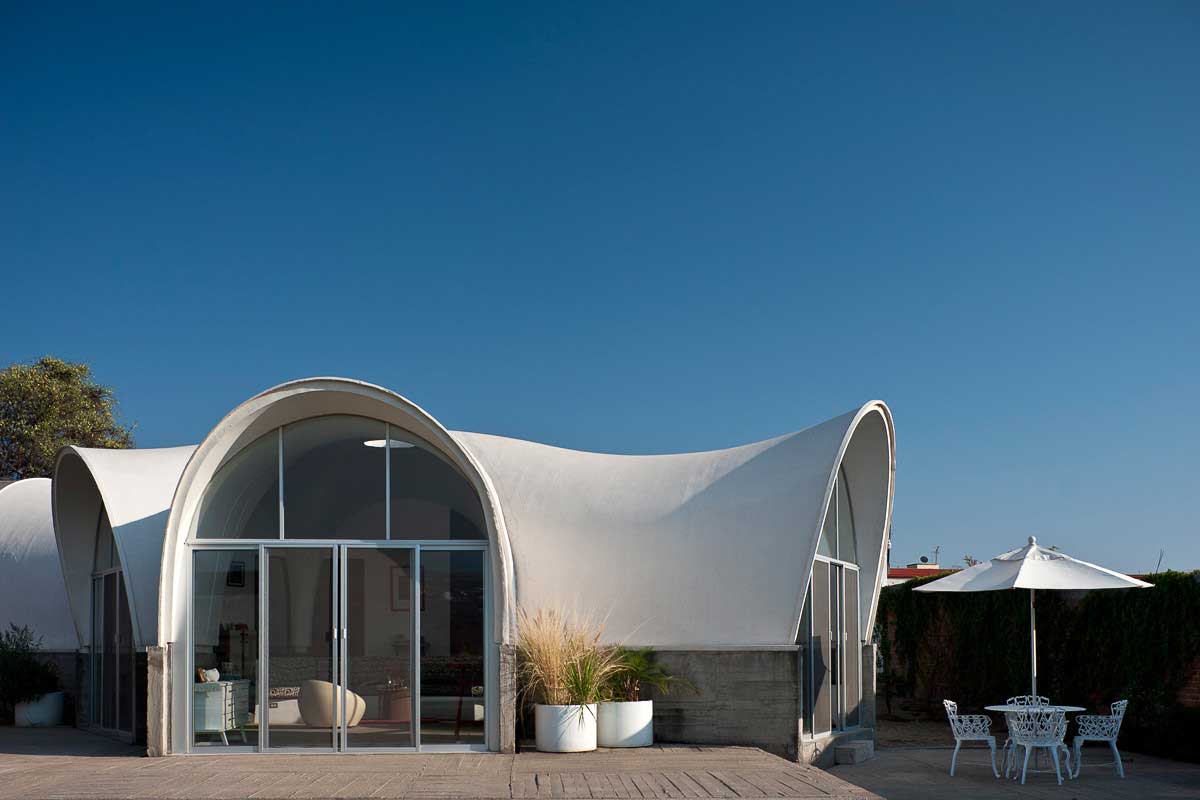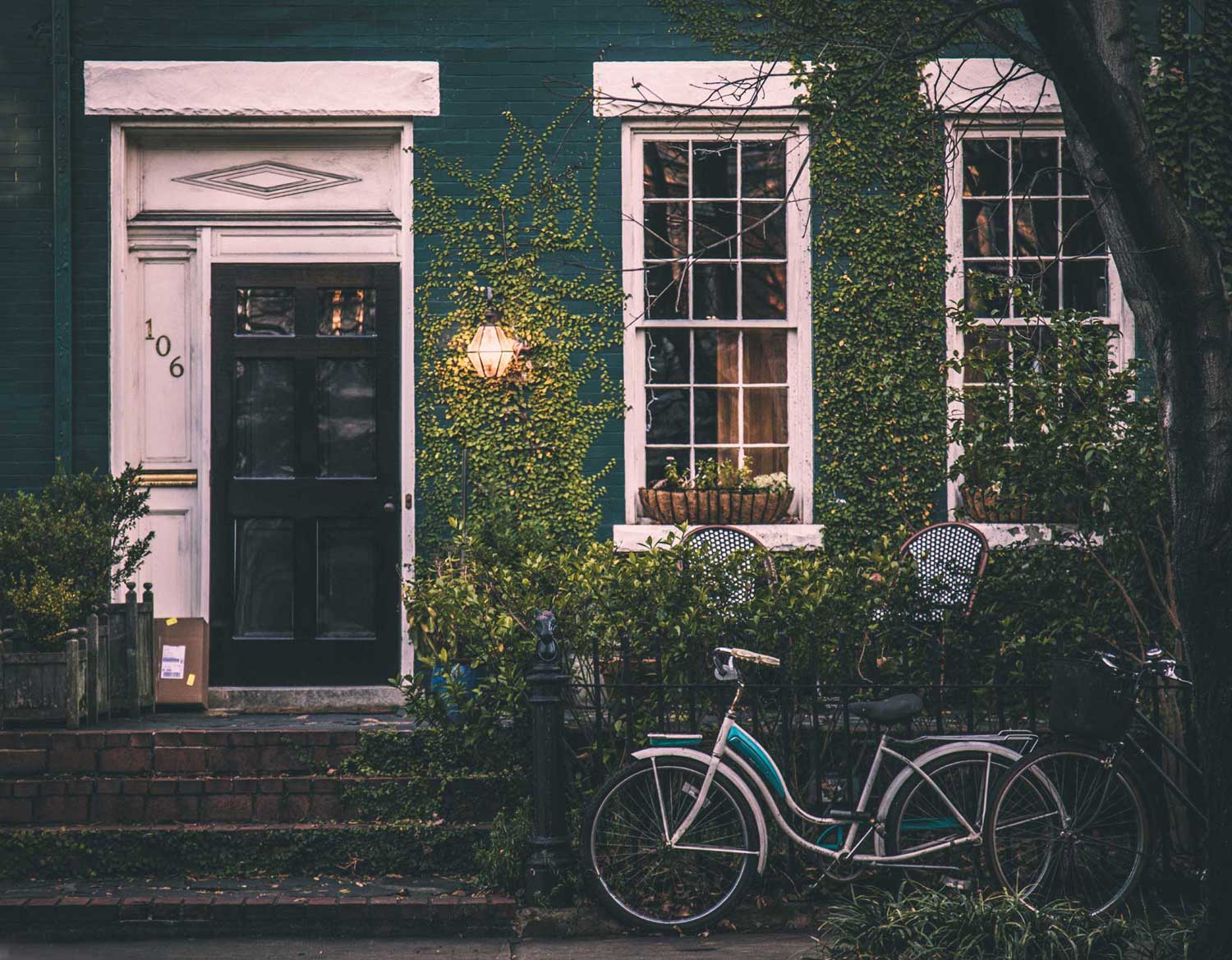Content
Are you dreaming of your perfect home but torn between transportable homes and traditional ones? You’re not alone.
Both options have their charm and unique benefits. But which one is right for you? Below, we’ll dive into the differences of each.
By the end, you’ll have a clearer idea of what fits your lifestyle best. Ready to find your dream home? Let’s get started!
Cost-Effectiveness
Transportable homes have a reputation for being more affordable than traditional homes. This is because they are usually prefabricated in a factory, reducing labor costs and construction time.
On the other hand, traditional homes often require extensive on-site construction, which can increase overall costs. However, keep in mind that customization and additional features may also impact the final price.
Construction Speed
The expedited construction procedure of prefabricated homes is one of their key benefits. The chronology is unaffected by weather or other outside variables because they are manufactured in a factory.
This means you can have your home up and ready to live in within weeks. On the contrary, traditional homes may take several months or even years to complete. This is due to on-site construction and potential delays.
So, if you’re in a hurry to move into your new home, a transportable option may be the way to go.
Customization and Design Flexibility
When it comes to customization and design flexibility, traditional homes often hold an edge. They usually provide a higher degree of personalization. This allows homeowners to work with architects to create unique floor plans and intricate details.
Also, the craftsmanship in classic homes can be seen in bespoke finishes and tailored spaces. However, portable homes have made significant strides in design flexibility.
Modern mobile homes offer various layout options and stylish finishes. It’s even possible to select from a range of customizable features such as:
- kitchen fittings
- flooring
- cabinetry
Plus, these homes can be easily relocated, making them ideal for those with a transient lifestyle. Just like these prefab houses NZ offers, you can settle into a new location quickly.
Environmental Impact
Portable homes are often seen as a more sustainable option compared to traditional homes. This is because they require fewer materials and produce less waste during construction.
Additionally, the controlled factory environment allows for efficient use of resources and reduces energy consumption. Alternatively, traditional homes may have a larger environmental impact due to:
- on-site construction
- transportation of materials
- potential land disturbances
Yet, it’s important to note that both options have the potential to be eco-friendly depending on the materials and building practices used.
Mobility and Resale Value
When it comes to resale value, modular homes may vary. Some people value mobility and newer construction techniques, which can boost resale potential.
On the other hand, classic homes often appreciate over time due to their permanence and established neighborhoods. So if you plan to sell, consider how each option aligns with market trends and buyer preferences.
Exploring the Differences Between Transportable Homes and Traditional Homes
Choosing between transportable homes and traditional homes is a personal decision. Both have their pros and cons so consider your lifestyle, budget, and plans.
Ready to take the next step? Evaluate your options carefully. Seek professional advice if needed. Your dream home is just a decision away!
Did you find this article helpful? Check out the rest of our blog now!







